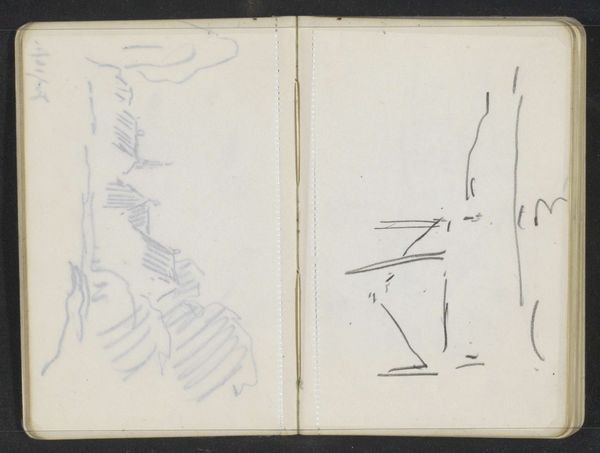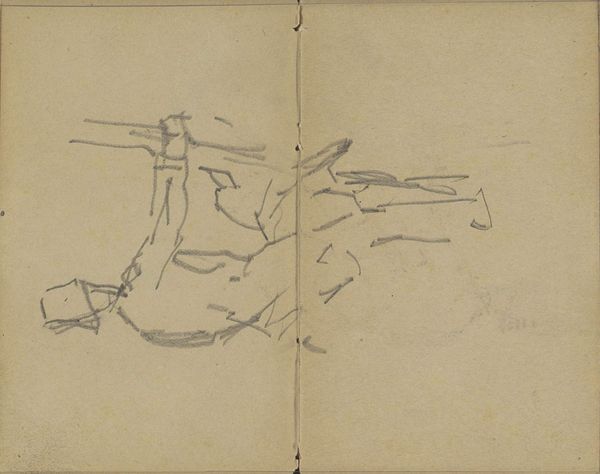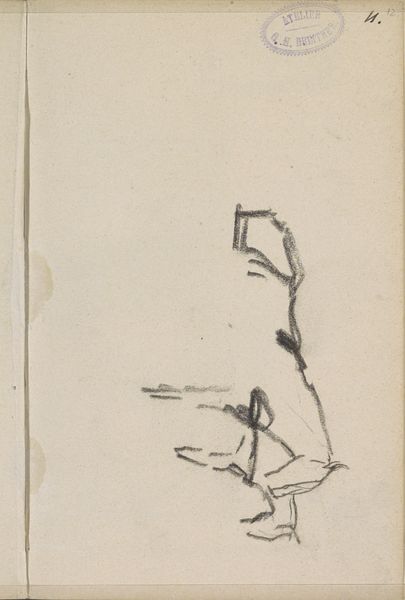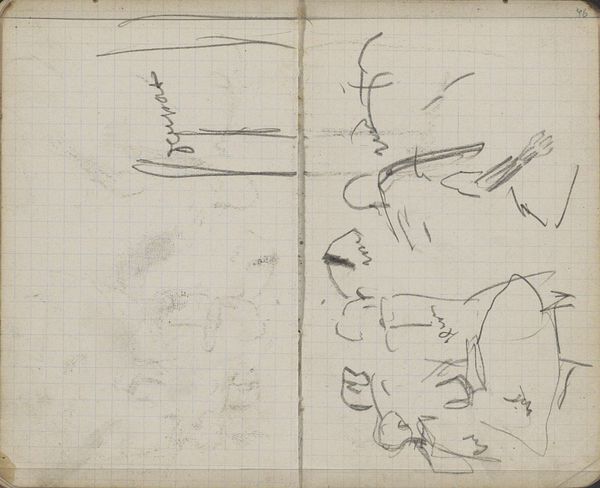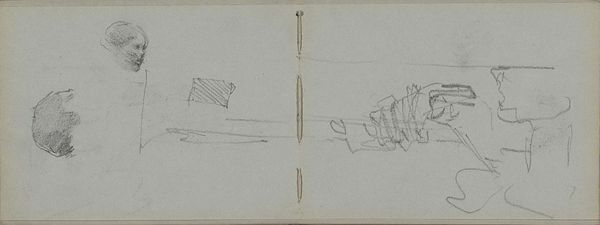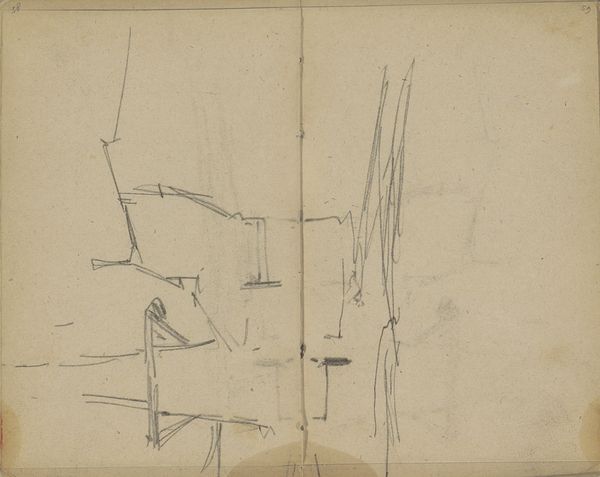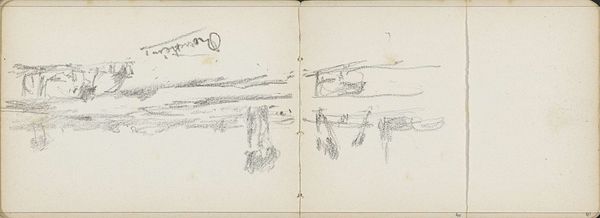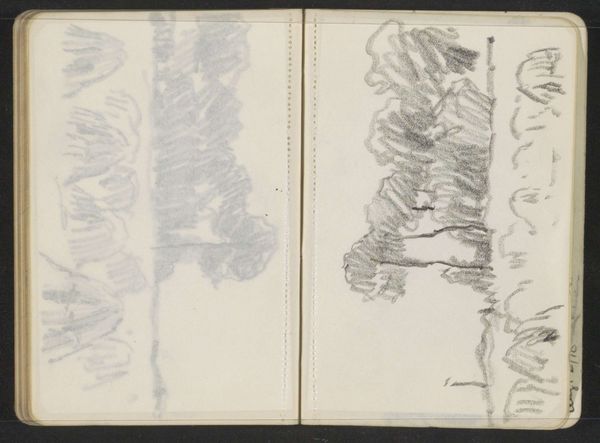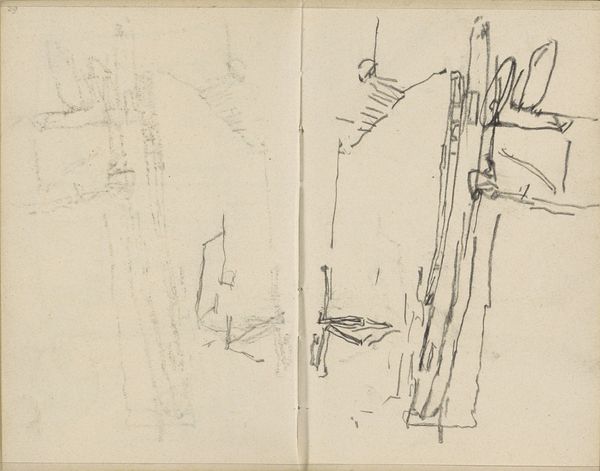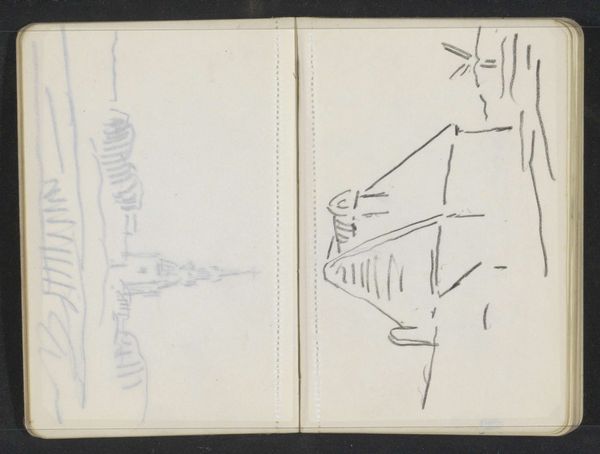
drawing, pencil
#
drawing
#
impressionism
#
landscape
#
pencil
Copyright: Rijks Museum: Open Domain
Editor: This drawing, "Landschap met paarden" or "Landscape with Horses," was made by George Hendrik Breitner between 1881 and 1883 using pencil. It feels more like a quick notation than a finished artwork. What stands out to you when you look at this sketch? Curator: For me, the sketch is incredibly revealing. Breitner was deeply invested in capturing the dynamism of urban life in Amsterdam. While this seems like a straightforward landscape, it reflects the socio-political context of rapid industrialization and urbanization in the Netherlands. How does the choice of subject matter—horses in a landscape—intersect with the art world's growing fascination with representing modern life? Editor: I hadn't thought about it that way! It feels a bit detached from urban life. But perhaps that’s the point. The horses might represent a fading way of life? Curator: Precisely! Consider that horses were crucial for transportation and labor. Breitner, belonging to a group interested in “plein air” painting, was keenly aware of how industrial changes impacted Dutch society. Did the selection of that topic make his art closer to the people? Editor: Definitely. Showcasing familiar scenes and animals from everyday life instead of focusing on more lofty, historical subjects might resonate more with the population at the time, connecting to a larger public audience. Curator: Yes, and thinking about where this sketch was eventually exhibited and who it was intended for tells us a great deal about its social and cultural life. Editor: I never would have thought a simple sketch of horses could reveal so much about society. Thank you for sharing this fascinating view. Curator: And thank you. It’s valuable to consider how everyday images reflect broader cultural shifts.
Comments
No comments
Be the first to comment and join the conversation on the ultimate creative platform.


